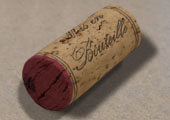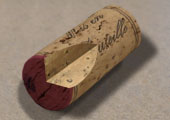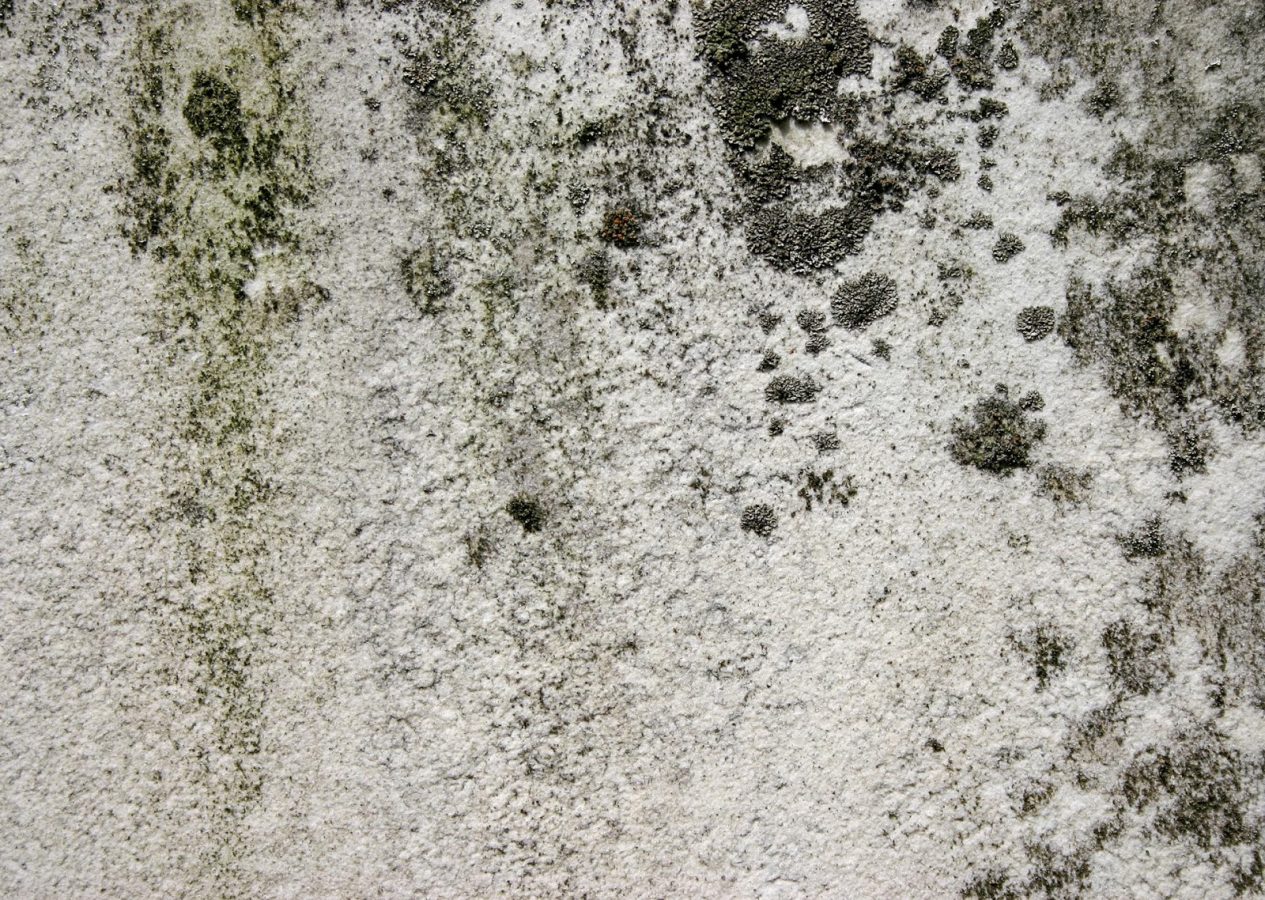Why are mould, condensate and saltpetre generated?
Mould forms easier when walls are made in stone, solid bricks or cement, or when walls become non-perspiring, due to a treatment with washable paints, quartz and synthetic products. The problem of mould also occurs if walls are cold or suffer from a poor air exchange in the room.
Saltpetre is present in houses in the shape of nitrate and appears as white efflorescences; this effect normally occurs in the lowest areas of the house. LIS Cork actually replaces the wall plaster and behaves therefore like a filter, able to transfer the dampness of the wall to the environment and to absorb at the same time the part of humidity originating from everyday activities.
When applied to the wall, this one-centimetre thick cork produces a positive effect: it permits a restoring process by increasing the speed of evaporation of the humid content of the wall, also ensuring a perfect habitableness of the environment, besides offering a good thermal and sound insulation.
An annoying and unhealthy trouble that can be solved..

Just imagine the cork of a bottle of an old wine: think of the life of this cork, in a cellar, in the dark, in contact with tannin, acid, sugar, alcohol and a constant very high relative humidity; this cork never shows mould, you can only notice a red stain, but the stain is only superficial. The cork is not wet inside, and it is warm (+13°C approx.). This means it is a filter that does not absorb but breathes.

If you put a bottle cork and a piece of LIS cork into the refrigerator (-22°C), its internal temperature remains constant (+13°C approx.).
This is why you have the evaporation of humidity with a LIS cork coat. The suggested thickness is 10 mm: ASSO SC Cork Panel is ultra compressed and is to be placed in the house, on the walls prepared with plaster and a finish of 2-3 mm thickness maximum.




